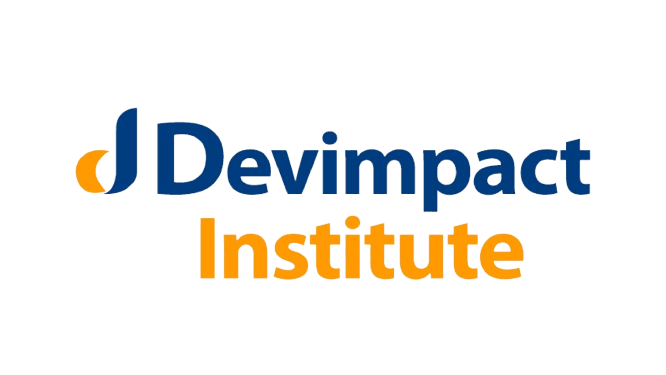
Training on Statistical Data Analysis using R
R is an open-source programming language that provides a wide variety of statistical and graphical techniques. R has “become the de-facto standard for writing statistical software among statisticians. This Training on Statistical Data Analysis using R will give you a solid foundation in creating statistical analysis solutions using the R language, and how to carry out a range of commonly used analytical processes.
Target Participants
This Training on Statistical Data Analysis using R is intended for Data Scientists, Data Analysts, Business Intelligence Analysts and any other professional who want to explore the vast range of analytical and graphical capabilities of R.
Course Duration
Online 14 Days
Classroom-based 10 Days
What you will learn
By the end of this training the participants will be able to learn:
- An introduction to R, basic data types, and R/RStudio installation
- Overview of base R concepts and specific data wrangling packages in R
- Connecting to databases, executing database queries in R
- How to use R for graphical summary
- R programming
- How to carry out a range of analyses using R
Introduction to Statistical Analysis
- Explain the basic steps of the research process
- Explain differences between populations and samples
- Explain differences between experimental and non-experimental research designs
- Explain differences between independent and dependent variables
Introduction to R software for statistical computing
- Overview of the R Studio IDE
- Installing, loading and updating R packages
- Creating objects in R
- Data types
- Data structures
- Sorting vectors and data frames
- Directory management commands
- Direct data entry in R (for small data sets)
- Importing data from other software
- Decision structures (if, if-else, if-else if-else)
- Repetitive structures (for and while loops)
- Other important programming functions (break, next, warn, stop)
Data Wrangling and Cleaning in R
- Working with variables
- Transform continuous variables to categorical variables
- Add new variables to data frames
- Handling missing values
- Sub-setting data frames
- Appending and merging data frames
- Spit data frames
- Stack and unstack data frames
Explanatory Data Analysis (EDA) in R
- Creating tables of frequencies and proportions
- Cross tabulations of categorical variables
- Descriptive statistics for continuous variables
Data Visualization using R base package
- Introduction to graphs and charts in R
- Customizing graph attributes (titles, axes, text, legends)
- Graphs for categorical variables
- Graphs for continuous variables
- Graphs to investigate relationship between variables
Mean Comparison Tests in R
- One Sample T Test
- Independent Samples T Test
- Paired Samples T Test
- One-way analysis of variance (ANOVA)
Tests of Associations in R
- Chi-Square test of independence
- Pearson's Correlation
- Spearman's Rank-Order Correlation
Predictive Regression Models using R
- Linear Regression
- Multiple Linear Regression
- Binary Logistic Regression
- Ordinal Logistic Regression
Training Approach
This Training on Statistical Data Analysis using R is delivered by our seasoned trainers who have vast experience as expert professionals using R programming language. The course is taught through a mix of practical activities, theory, group works and case studies.
Training manuals and additional reference materials are provided to the participants.
Certification
Upon successful completion of this Training on Statistical Data Analysis using R, participants will be issued with a certificate certified by the National Industrial Training Authority (NITA).
Tailor-Made Course
We can also do this as a tailor-made course to meet organization-wide needs. A training needs assessment will be done on the training participants to collect data on the existing skills, knowledge gaps, training expectations, and tailor-made needs.

